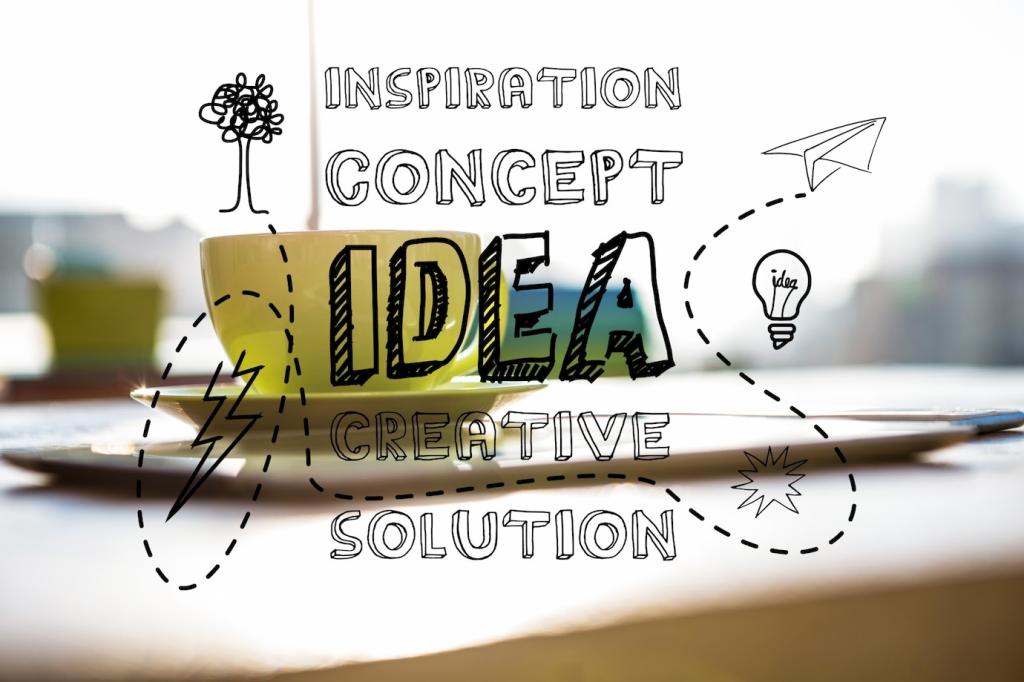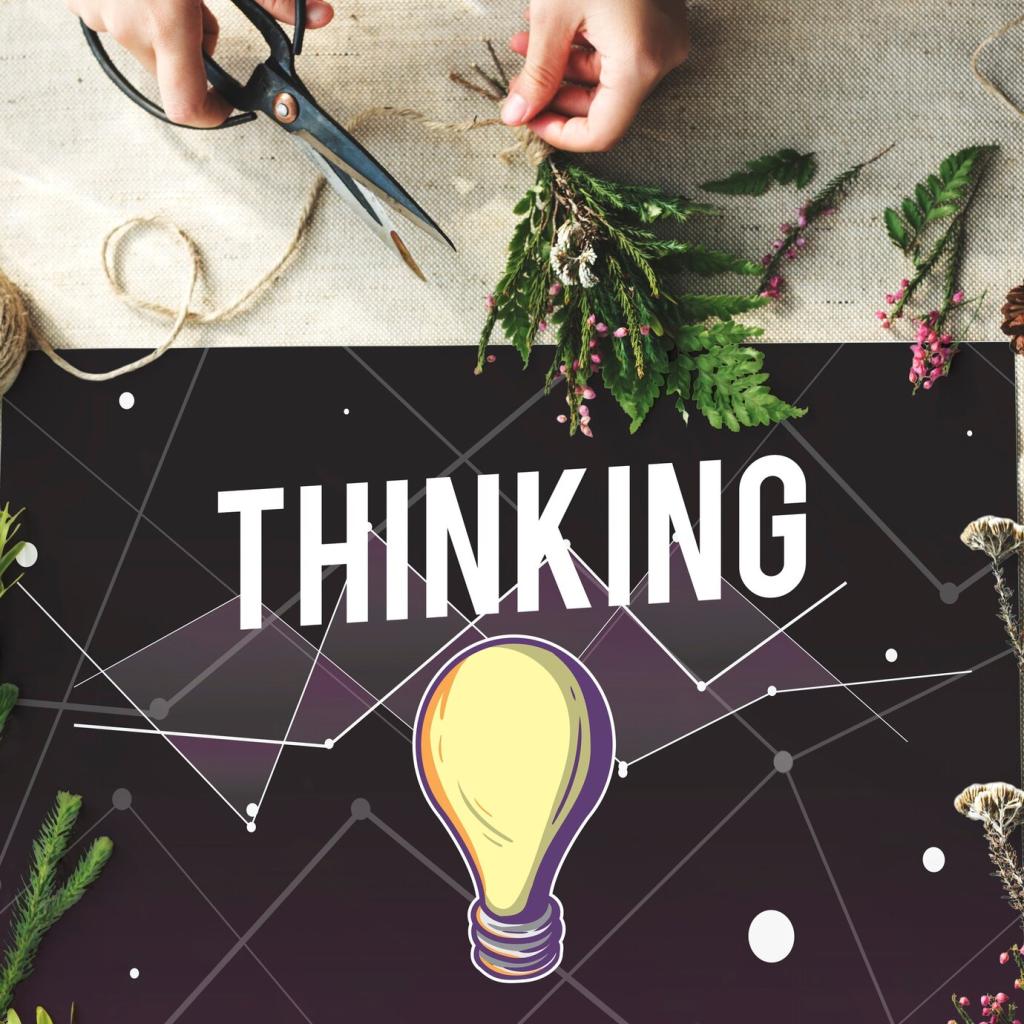Breakthrough Brainstorming Methods for Problem Resolution
Chosen theme: Breakthrough Brainstorming Methods for Problem Resolution. Discover bold, practical techniques that transform stuck problems into solvable challenges. Dive into science-backed methods, vivid stories, and step-by-step rituals that help teams produce original solutions fast. Join the conversation, share your toughest challenges, and subscribe for weekly idea-sparking prompts and templates tailored to high-stakes problem resolution.



From Problems to Possibilities: The Mindset That Unlocks Breakthroughs
Replace loaded problem statements with open-ended prompts that invite solutions. Transform “Customers churn because support is slow” into “How might we make support feel instant without adding headcount?” Notice how the question removes blame, invites options, and channels creative energy. Try drafting three reframes for your current challenge and comment with your favorite.
From Problems to Possibilities: The Mindset That Unlocks Breakthroughs
Counterintuitively, strong constraints accelerate creativity by focusing attention. Set a playful constraint such as “Solve it with zero budget,” “Solve it in one day,” or “Solve it without screens.” Then brainstorm solutions that satisfy the boundary. Share which constraint produced your boldest idea, and we’ll feature top submissions in the next edition.
High-Impact Methods: SCAMPER, TRIZ, and 6-3-5 Brainwriting
SCAMPER for Rapid Recombination
SCAMPER—Substitute, Combine, Adapt, Modify, Put to other use, Eliminate, Reverse—forces lateral moves that disrupt habits. Take one element of your process and run it through each letter. Even one surprising combination can unlock a breakthrough. Try SCAMPER on your onboarding flow today and share your sharpest recombination in the comments.
TRIZ for Resolving Contradictions Systematically
TRIZ treats problems as contradictions to be resolved, not compromises to be accepted. Identify the conflict—“increase speed without losing accuracy”—and explore principles like segmentation, prior action, or dynamization. You’ll generate options that sidestep trade-offs entirely. Tell us your current contradiction, and we’ll recommend candidate TRIZ principles in a follow-up.
6-3-5 Brainwriting to Silence Groupthink
Six people, three ideas each, five rounds. Silent, timed writing eliminates status pressure and amplifies diversity of thought. By the third round, you’re building on others’ seeds, and the idea volume skyrockets. Use a shared document or cards, timebox strictly, and compare the result to your usual whiteboard. Report back with your most unexpected winner.
Advanced Divergence: Provocation, Random Stimuli, and Analogy
De Bono’s provocation technique creates statements that are deliberately untrue to jolt new thinking. For instance: “PO: Our support has no queue.” Explore the consequences—call-backs, proactive outreach, or predictive deflection. Provocation breaks invisible rules. Post your boldest PO statement about your bottleneck; we’ll help extract workable ideas from it.
Pick a random word, image, or object, then force links to your problem. A “lighthouse” might inspire status beacons, guided handoffs, or stronger escalation signals. Randomness shakes loose new directions when logic stalemates. Try a five-minute random stimulus sprint and comment with your strangest seed and the practical idea it uncovered.
Borrow patterns from aviation, hospitality, or sports to reimagine your workflow. A pre-flight checklist can reduce errors; a concierge mindset can improve first-contact resolution. Choose a distant domain and ask, “How would experts there solve this?” Share your favorite analogy and how it reshaped your approach to resolution speed.

Converging with Confidence: Prioritization and Fast Validation
List assumptions behind top ideas, then sort by uncertainty and impact. Design scrappy tests—fake doors, concierge trials, or prototypes—to convert unknowns into knowledge. In a single afternoon, you can eliminate weak options. Want our assumption-mapping template? Subscribe and tell us which unknown feels scariest right now.


A Ten-Minute Warm-Up that Doubles Idea Flow
Start with a playful, low-stakes challenge such as listing alternative uses for a paperclip or renaming everyday objects. This primes associative thinking and lowers inhibition. Keep it fast, scoreless, and funny. Try it before your next problem-resolution session, and tell us whether your group’s idea volume noticeably jumped.
Tool Stack for Remote Breakthroughs
Combine a digital whiteboard, timeboxed breakout rooms, and anonymous idea capture. Use timers, templates, and color-coding to reduce friction. Rotate facilitators to keep energy high. If you’re remote-first, comment with your stack; we’ll publish a community-built kit of best-in-class tools for rapid problem resolution.
Facilitation that Protects Safety and Momentum
Name roles clearly—facilitator, scribe, devil’s advocate—and codify norms: one voice at a time, critique ideas not people, and timebox discussions. Celebrate outliers and credit quiet contributors. Share the ground rule that most improved your sessions, and we’ll compile a reader-tested playbook for difficult conversations.
Field Story: A 48-Hour Breakthrough on a Critical Outage
During a widespread outage, the team reframed the problem, then ran 6-3-5 brainwriting and TRIZ contradiction analysis. Dozens of ideas surfaced, including counterintuitive moves like degrading gracefully and shifting load preemptively. The blameless tone kept participation high. Share a time you used structure to defuse panic and increase creativity.


Field Story: A 48-Hour Breakthrough on a Critical Outage
They mapped assumptions, pretotyped a reroute mechanism, and used evidence-led prioritization. A small pre-production test produced clean metrics within ninety minutes, confirming the highest-impact fix. The team shipped confidently. Which convergence tool would strengthen your next incident response? Tell us, and we’ll send a quick-start guide.
